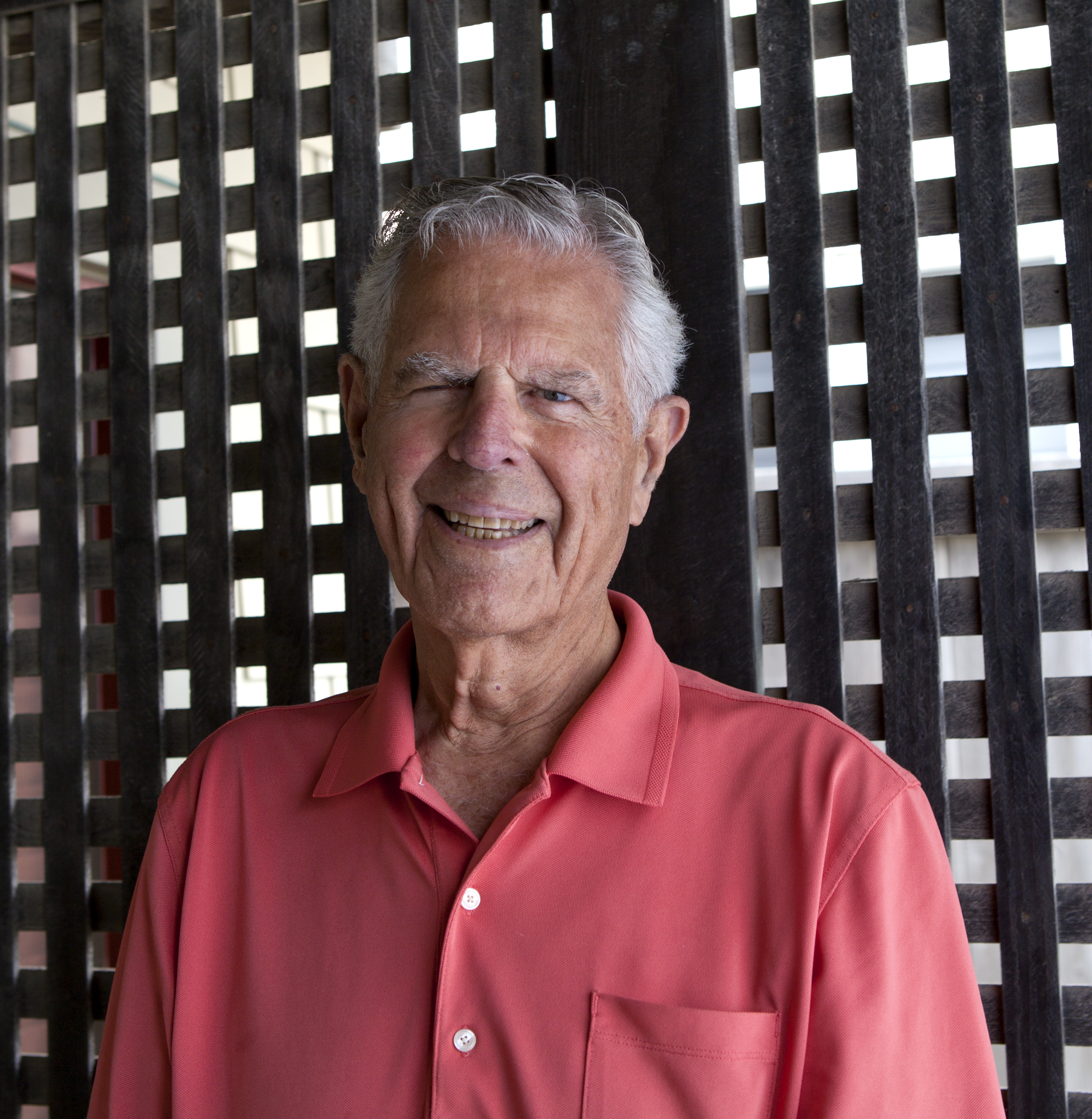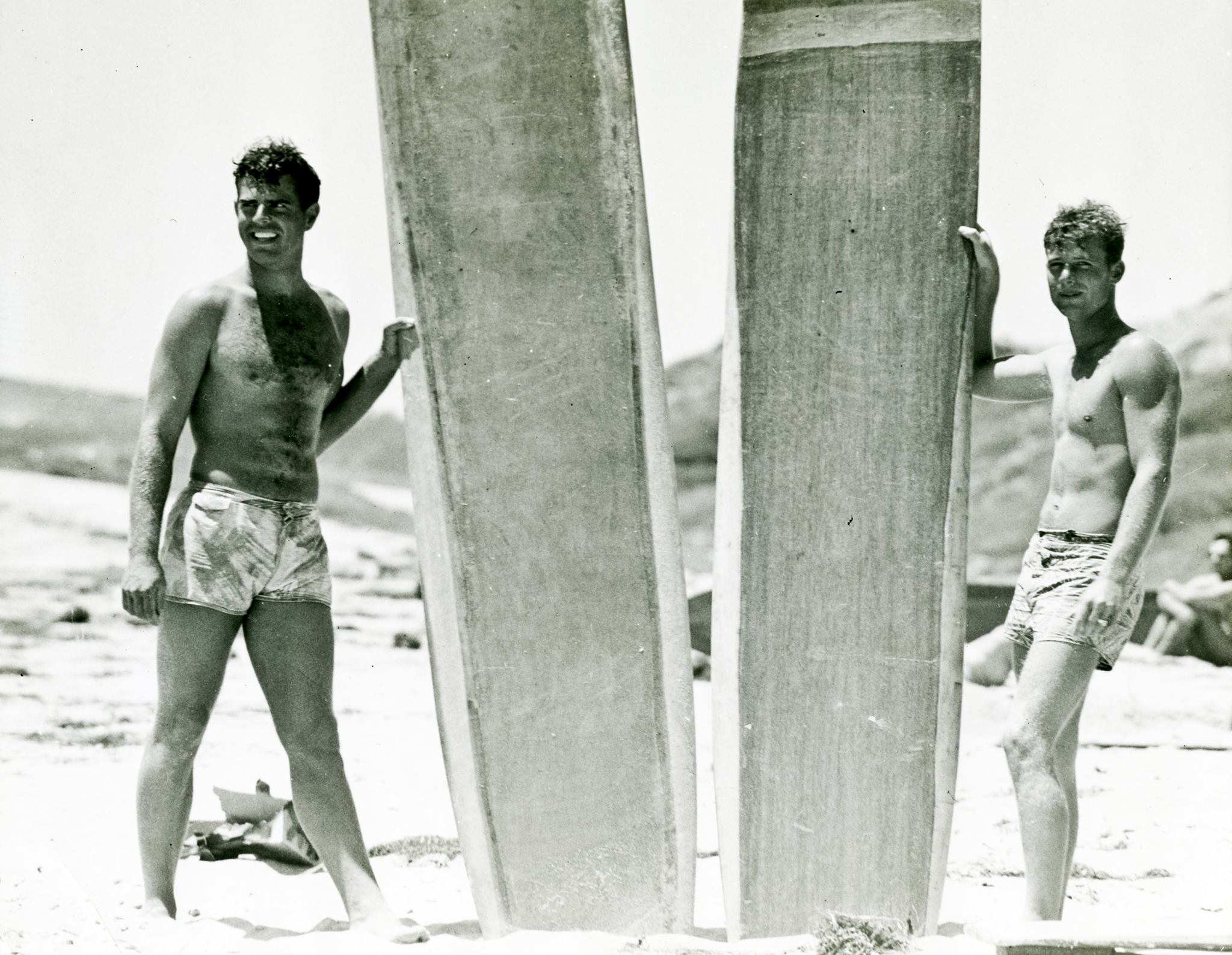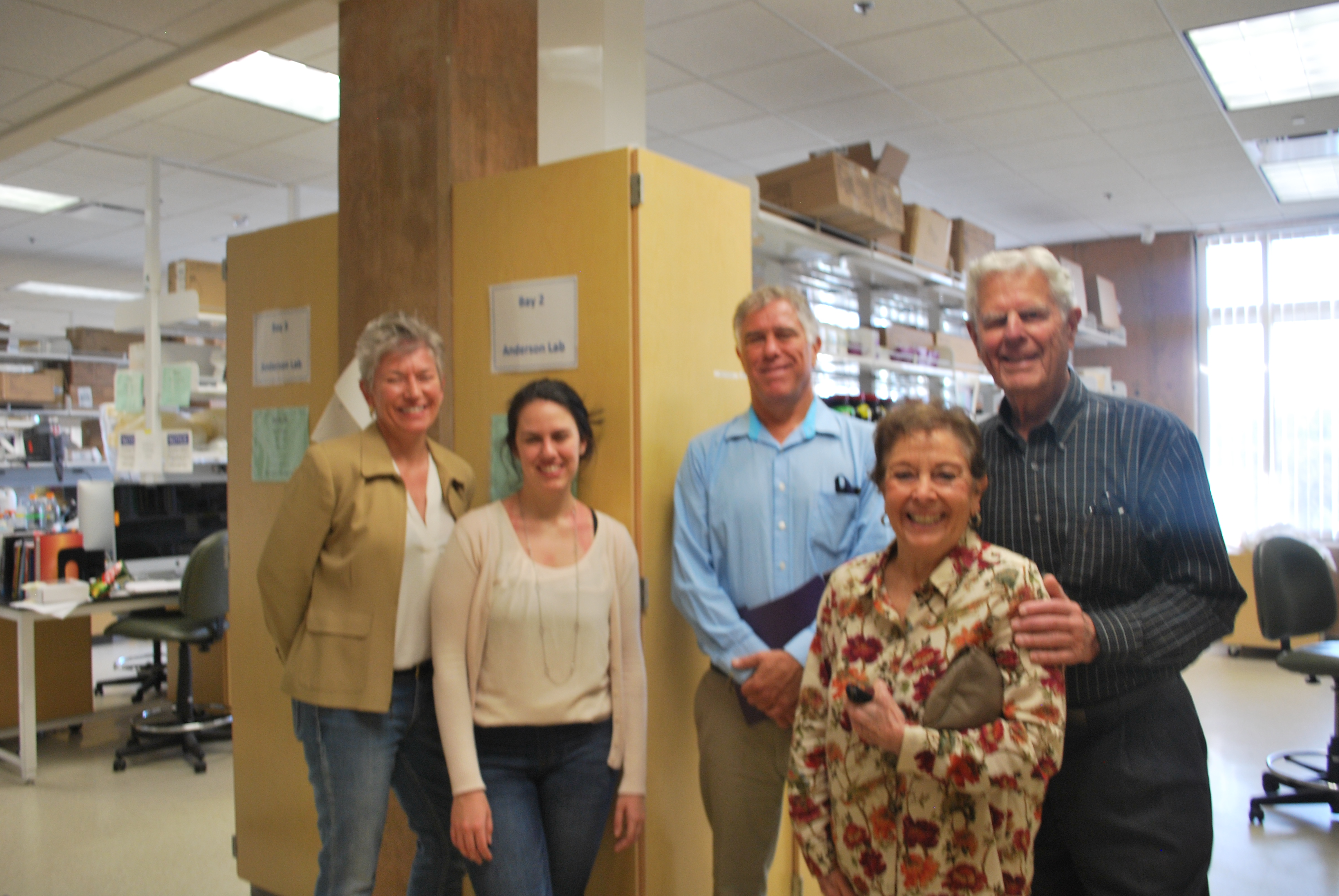Mike Johnson’s Seed Funding Fuels Researchers’ Quest to Heal Spinal Injuries

UC Irvine researchers are on the brink of starting the first clinical trial of a stem cell therapy to treat life-altering injuries to the cervical spinal cord. They nearly abandoned the project a decade ago, after hitting a major roadblock. Marshall "Mike" Johnson, the retired founder, president, and chairman of Public Agency Retirement Services (PARS), until his passing in 2024, stepped in with a generous infusion of support—what he fondly referred to as "mad money"—that kept the research going. His commitment of $500,000 fueled multiple breakthroughs, and his legacy continues to drive progress long after his passing at the age of 98.
A World War II veteran, Johnson launched two successful businesses focused on employee benefits and pension plans for public agencies and schools. Charismatic and charming, Johnson was also a community leader, instrumental in preserving open spaces and parks in west Newport Beach, where he and his wife, Dolores, raised their three children, Valerie, Dan and Curt.
“My dad had a bonafide interest in how others were doing, and he was always giving of himself,” says Curt. “On a daily basis, he would ask, ‘What can I do to help?’ And he meant it.”

As a young man, Johnson loved surfing on his Simmons board up and down the California coast, often bringing his children along for weekends of beach camping. Years after he gave up the sport, he enjoyed watching surfers ride the waves from the window of his home. He even saw a surfer suffer a debilitating spinal cord injury, which moved him to support emerging stem cell research. A voracious reader with a curious mind, Johnson became intrigued by the potential of stem cell therapies, and particularly the research just down the road at the UC Irvine Sue & Bill Gross Stem Cell Research Center.
“He was a visionary in many ways,” says Valerie. “He thought that stem cells were going to be a way of healing in the very near future – and in some ways it already is.”
As director of the Sue & Bill Gross Stem Cell Research Center, Aileen Anderson believes deeply in the potential of stem cell therapies, too.
In 2014, after an exciting initial clinical trial for thoracic spinal cord injury in partnership with a California company, her lab was working on the pre-clinical data needed to launch a cervical spinal cord injury trial. But, when that partner failed to be able grow the high-quality stem cells necessary to go forward, Dr. Anderson met with members of the Johnson family in her lab.
“We were in this incredibly challenging spot, and all of our work was going to evaporate,” says Anderson. “There was the practical impact of Mike’s gift, that enabled us not to abandon the work, but also this huge psychological impact on our entire lab to be able to keep going.”
With Johnson’s seed funding, the lab produced six stem cell lines of its own. Then they leveraged that work to win larger grants from the California Institute of Regenerative Medicine to develop a system for figuring out which cell lines had the best characteristics to be scaled up for clinical uses. Over the years, Johnson and his adult children visited the lab to see the work first-hand and hear updates, sometimes including surprise discoveries that led to other veins of research, like improving treatments for brain cancers.
Several months before Johnson passed away, Anderson had lunch with Johnson and his family and to share updates and reflect on how far the research had come – from almost being shelved to nearing clinical trials.
“I think he was impressed that the university is doing this state-of-the-art technology on stem cells right in our backyard,” says Valerie. “And he was really proud of the work that the researchers at UCI were doing.”
His children say that one of Johnson’s favorite quotes was from Harry Truman: “It’s amazing what you can accomplish if you do not care who gets the credit.” Anderson and the team at the Sue & Bill Gross Stem Cell Research Center want Johnson’s role to be clear.
“Mike provided a sustaining platform for our work that helped us get to the point we’re at now,” Anderson says. “Whenever we had ideas outside of specific grants, Mike supported our work, allowing us to make leaps forward in discovery, while focusing on translating that science down the road to help people.”
